Our round-up of classic American foods continues with a Labor Day classic: the hamburger.
Although it’s possible to buy Perfect Health Diet compatible buns, we’ve gotten out of the habit of eating hamburgers on the bun. Often, we eat dinners buffet style, in which everyone assembles a plate from a choice of ingredients. Hamburgers are a great buffet option.
The classic low-carb Paleo hamburger uses lettuce in place of the bun. This style seems to be making inroads. When we were in California for the Ancestral Health Symposium, we found that the fast food chains there will serve burgers wrapped in lettuce if you ask for it (this is “protein” style at In’n’Out Burger).
Ingredients
Essential patty ingredients include ground beef (1 lb), egg (1, not shown), onion (1 medium), potato starch (1/4 cup, not shown), salt and pepper; we also included shrimp (1 cup), shiitake mushrooms (1 cup), and herbs to taste. A sampling of ingredients:
We made about 8 patties of this size:
Cooking
We fried them in beef tallow, about 3 minutes per side:
Serving
We ate them two ways. First, like meatloaf:
Second, wrapped in lettuce with onion, tomato, egg, cheese, and cucumber or pickle:
We like putting potato starch in the patty because it helps retain moisture in the patties, so they don’t shrink much during cooking. They tasted great, especially with mustard.







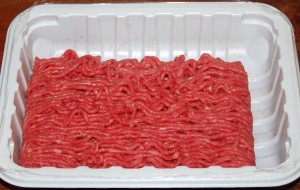
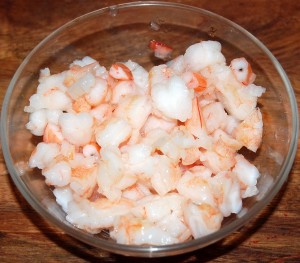

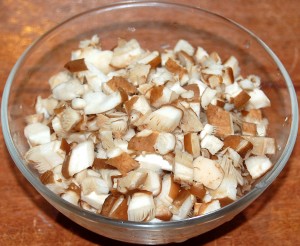
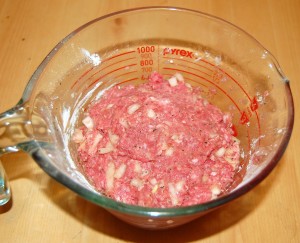
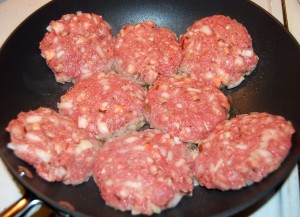

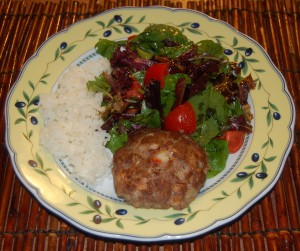

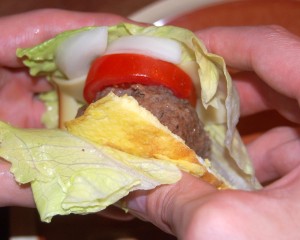


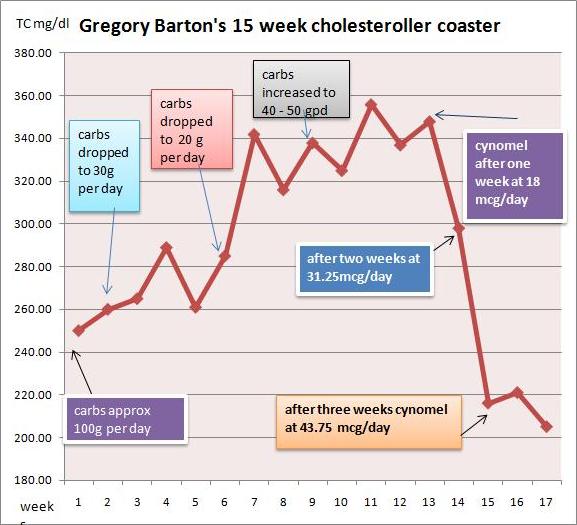
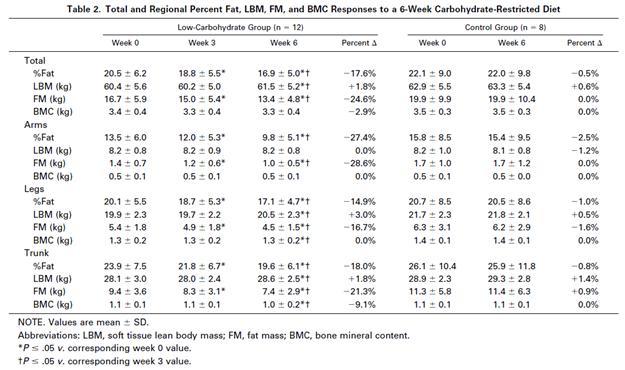




Recent Comments